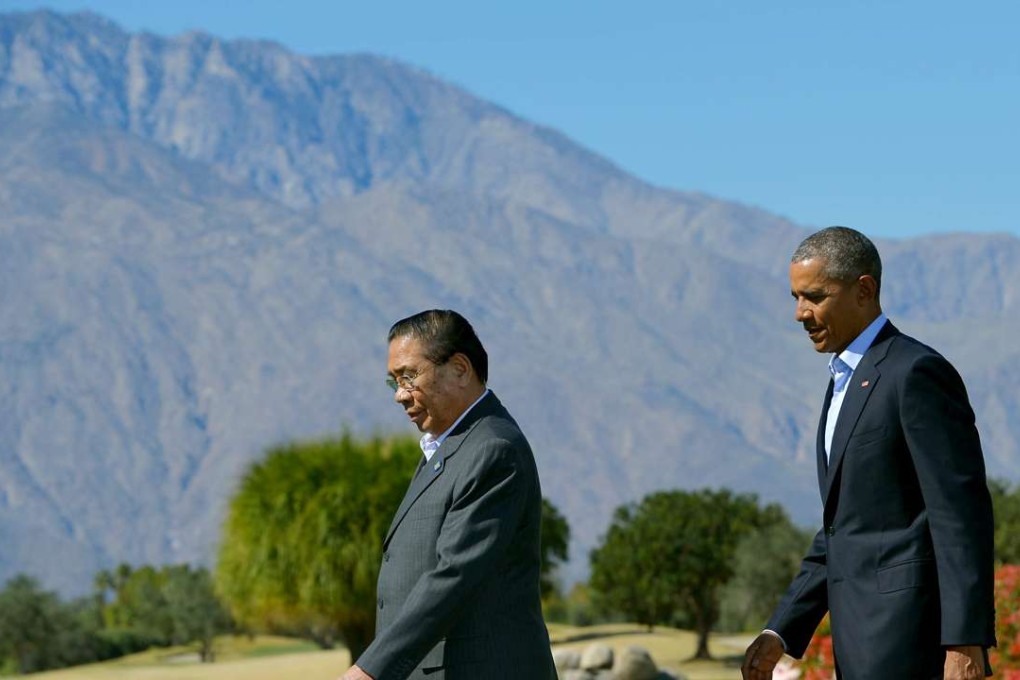Can Obama help Laos emerge from China’s shadow?
Historic visit may be a boost, but Vientiane’s economic reliance on its giant neighbour means it faces a tightrope walk in counterbalancing Chinese influence

President Barack Obama’s arrival in Laos for the Asean leaders’ summit this week coincides with a struggle by Laos’ communist party leadership to emerge from the shadow of China’s influence.
China plays a key role in Laos’ economic transformation, with current investments in 760 projects worth US$6.7 billion. Laos’ annual growth rate has soared to 7.8 per cent, lifting per capita income to US$1,730 last year, helped in large part by Chinese investment.
Barack Obama’s trip to Laos coincides with new government’s shift away from China to Vietnam
“Laos is really a client economy if you will,” said Thitinan Pongsudhirak, a political scientist at Chulalongkorn University in Thailand. “It has ties to Vietnam, to Cambodia, and broader Asean but China is really the main partner-patron.”

And that is a label Laos is trying to tear off as it seeks a balance in its foreign policy. It helps that the United States is reaching out as well, as part of its ‘pivot to Asia’ policy. Obama will be the first US president to visit Laos, his historic trip highlighting how the US and China are jockeying for influence in Southeast Asia.
Obama to meet Philippines’ Duterte at Laos summit
“Landlocked Laos is in a most challenged position. It has larger neighbours all around it and it is too small a place to have any critical mass. It is susceptible to neighbourhood influence and interference,” said Thitinan. “But it is hedging. It is fully in China’s orbit but is showing some leveraging by cosying up a little bit to the Americans and also the Vietnamese.”
